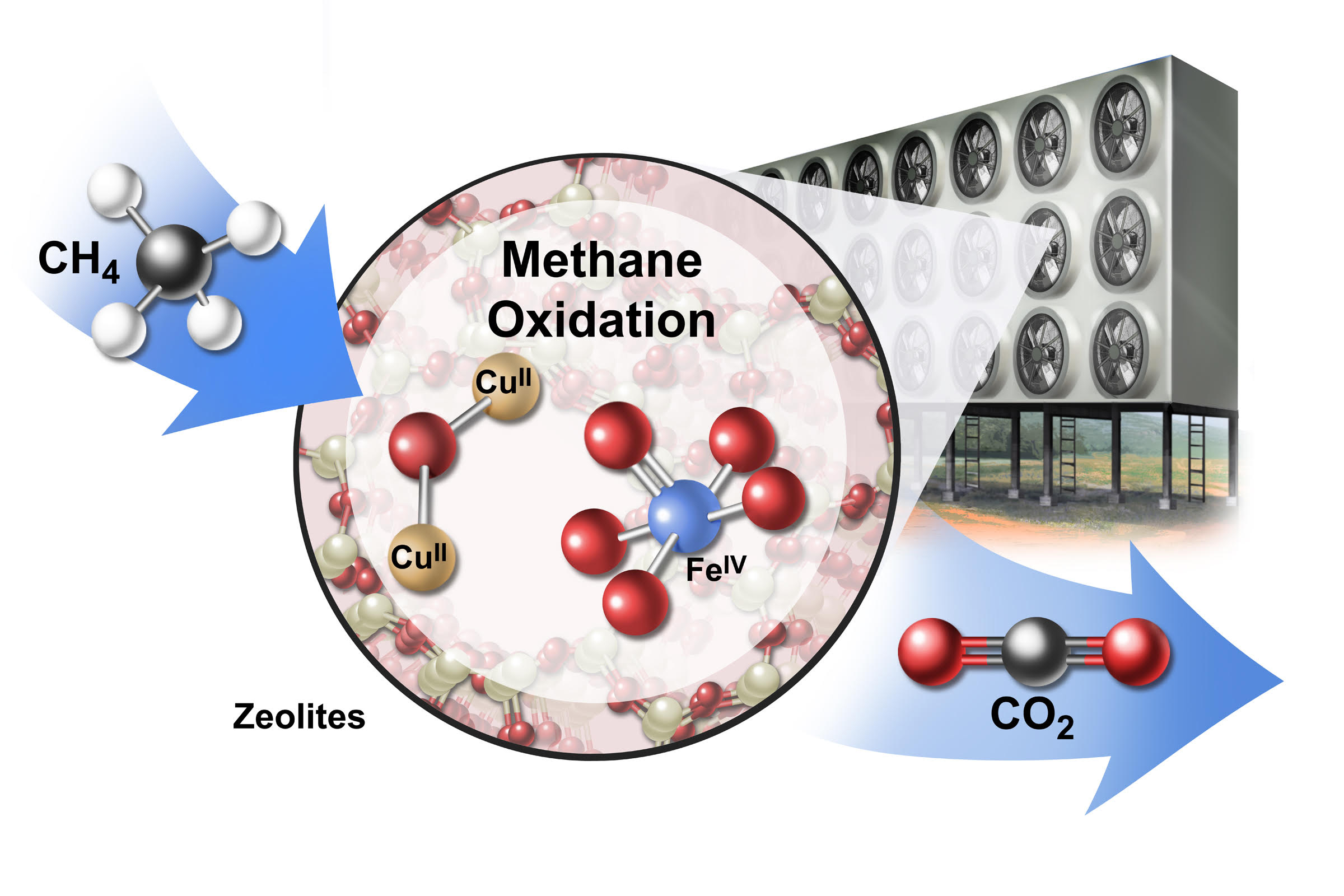Global Carbon Project researchers outline vision for profitable climate change solution
A seemingly counterintuitive approach – converting one greenhouse gas into another – holds promise for returning the atmosphere to pre-industrial concentrations of methane, a powerful driver of global warming.
Read the original press release by Stanford Woods Institute for the Environment.
A relatively simple process could help turn the tide of climate change while also turning a healthy profit. That’s one of the hopeful visions outlined in a new Stanford-led paper that highlights a seemingly counterintuitive solution: converting one greenhouse gas into another.
Two authors of this new paper are lead author Rob Jackson, Chair of the Scientific Steering Committee, and Pep Canadell, Executive Director, of the Global Carbon Project, a Global Research Project of Future Earth.

The study, published in Nature Sustainability on May 20, describes a potential process for converting the extremely potent greenhouse gas methane into carbon dioxide, which is a much less potent driver of global warming. The idea of intentionally releasing carbon dioxide into the atmosphere may seem surprising, but the authors argue that swapping methane for carbon dioxide is a significant net benefit for the climate.
“If perfected, this technology could return the atmosphere to pre-industrial concentrations of methane and other gases,” said Rob Jackson, Michelle and Kevin Douglas Provostial Professor in Earth System Science in Stanford’s School of Earth, Energy & Environmental Sciences.
For more information, please contact:
Rob Jackson, School of Earth, Energy & Environmental Sciences: (650) 497 5841, rob.jackson@stanford.edu, jacksonlab.stanford.edu
Rob Jordan, Stanford Woods Institute for the Environment: (650) 721-1881, rjordan@stanford.edu
DATE
May 20, 2019AUTHOR
Future Earth Staff MemberSHARE WITH YOUR NETWORK
RELATED POSTS
Future Earth Members Selected as Experts for IPCC Special Report on Cities
Sign the COP28 statement. The Science is Clear: We Need Net Zero Carbon Dioxide Emissions by 2050.
Unmasking our Carbon and Climate Futures